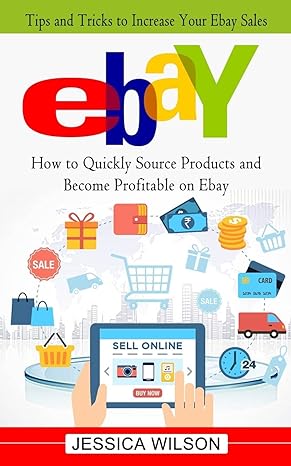
6. Zymase is a biotechnology firm. Researchers at Zymase must choose one of three different research strategies. The payoffs (after-tax) and their likelihood for each strategy are shown below. The risk of each project (strategy) are diversifiable. Remember that shareholders cannot lose more than the amount of their investment. Strategy Probability Payoff ($m) A 100% $ 75 B 50% $ 140 50% $ 10% $ 300 90% $ 40 a. Which strategy has the highest expected payoff? b. Suppose that Zymase has a debt of $40 million due at the time of project payoff. Which strategy has the highest expected payoff for shareholders? c. Suppose that Zymase has a debt of $110 million due at the time of project payoff. Which strategy has the highest expected payoff for shareholders? d. If management chooses the strategy that maximizes the payoff to shareholders, what is the expected agency cost to the firm from having $40 million in debt due? What is the expected agency cost to the firm from having $110 million in debt due. 7. A&F Enterprises paid dividends at the end of each year according to the schedule below. It also reduced its share count by repurchasing 5 million shares at the end of each year at the ex- dividend prices shown. Assume perfect capital markets. Ex-Dividend Stock Price ($/Share) Dividend ($/Share) Shares Outstanding (millions) 2009 2010 2011 2012 2013 $ 10.50 $ 12.00 $ 9.00 $ 11.00 $ 15.00 $ $ 0.50 $ 0.50 $ 0.50 $ 0.50 100.0 95.0 90.0 85.0 80.0 a. What is the total market value of A&F's equity, and what is the total amount paid out to shareholders, at the end of each year? b. If A&F had made the same total payouts using dividends only (and therefore kept its share count constant), what dividend would it have paid and what would its ex-dividend price have been each year? C. If A&F had made the same payouts using repurchases only (and therefore paid no dividends), what share count would it have had and what would its share price have been each year? d. Consider a shareholder who owns 10 shares of A&F initially, does not sell any shares, and reinvests all dividends at the ex-dividend share price. Would this shareholder have preferred the payout policy in (b), (c), or the original policy? 6. Zymase is a biotechnology firm. Researchers at Zymase must choose one of three different research strategies. The payoffs (after-tax) and their likelihood for each strategy are shown below. The risk of each project (strategy) are diversifiable. Remember that shareholders cannot lose more than the amount of their investment. Strategy Probability Payoff ($m) A 100% $ 75 B 50% $ 140 50% $ 10% $ 300 90% $ 40 a. Which strategy has the highest expected payoff? b. Suppose that Zymase has a debt of $40 million due at the time of project payoff. Which strategy has the highest expected payoff for shareholders? c. Suppose that Zymase has a debt of $110 million due at the time of project payoff. Which strategy has the highest expected payoff for shareholders? d. If management chooses the strategy that maximizes the payoff to shareholders, what is the expected agency cost to the firm from having $40 million in debt due? What is the expected agency cost to the firm from having $110 million in debt due. 7. A&F Enterprises paid dividends at the end of each year according to the schedule below. It also reduced its share count by repurchasing 5 million shares at the end of each year at the ex- dividend prices shown. Assume perfect capital markets. Ex-Dividend Stock Price ($/Share) Dividend ($/Share) Shares Outstanding (millions) 2009 2010 2011 2012 2013 $ 10.50 $ 12.00 $ 9.00 $ 11.00 $ 15.00 $ $ 0.50 $ 0.50 $ 0.50 $ 0.50 100.0 95.0 90.0 85.0 80.0 a. What is the total market value of A&F's equity, and what is the total amount paid out to shareholders, at the end of each year? b. If A&F had made the same total payouts using dividends only (and therefore kept its share count constant), what dividend would it have paid and what would its ex-dividend price have been each year? C. If A&F had made the same payouts using repurchases only (and therefore paid no dividends), what share count would it have had and what would its share price have been each year? d. Consider a shareholder who owns 10 shares of A&F initially, does not sell any shares, and reinvests all dividends at the ex-dividend share price. Would this shareholder have preferred the payout policy in (b), (c), or the original policy







